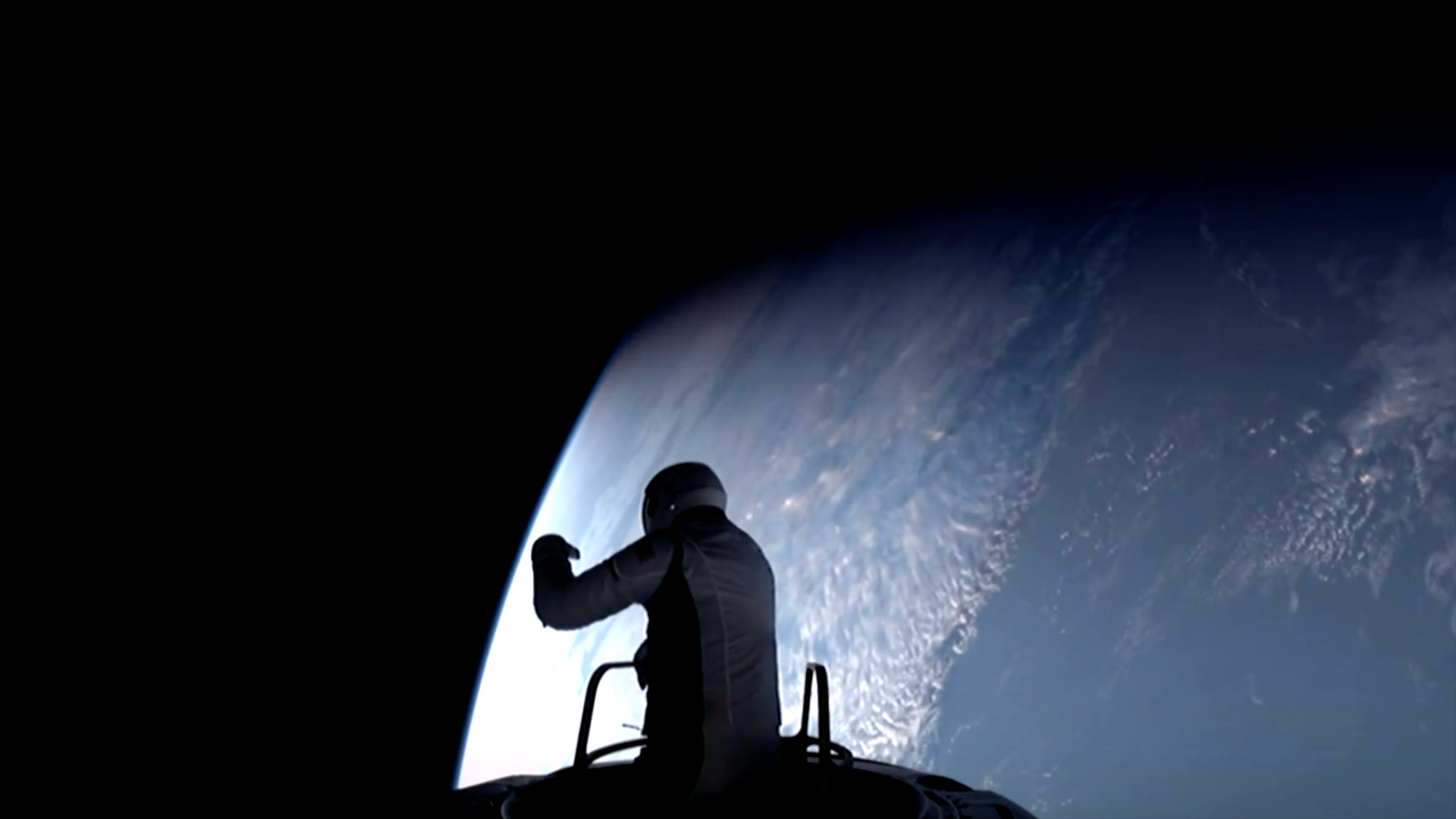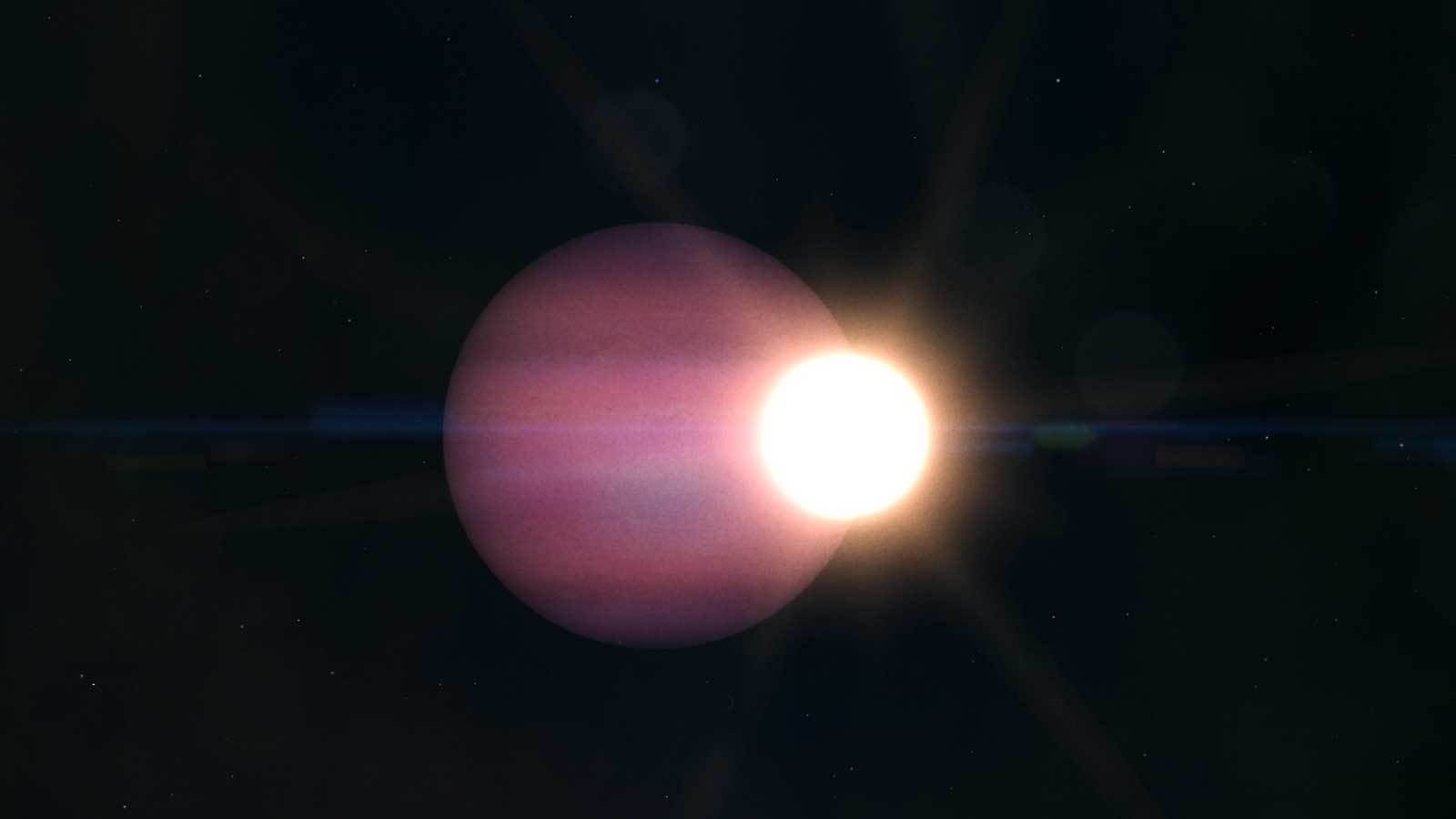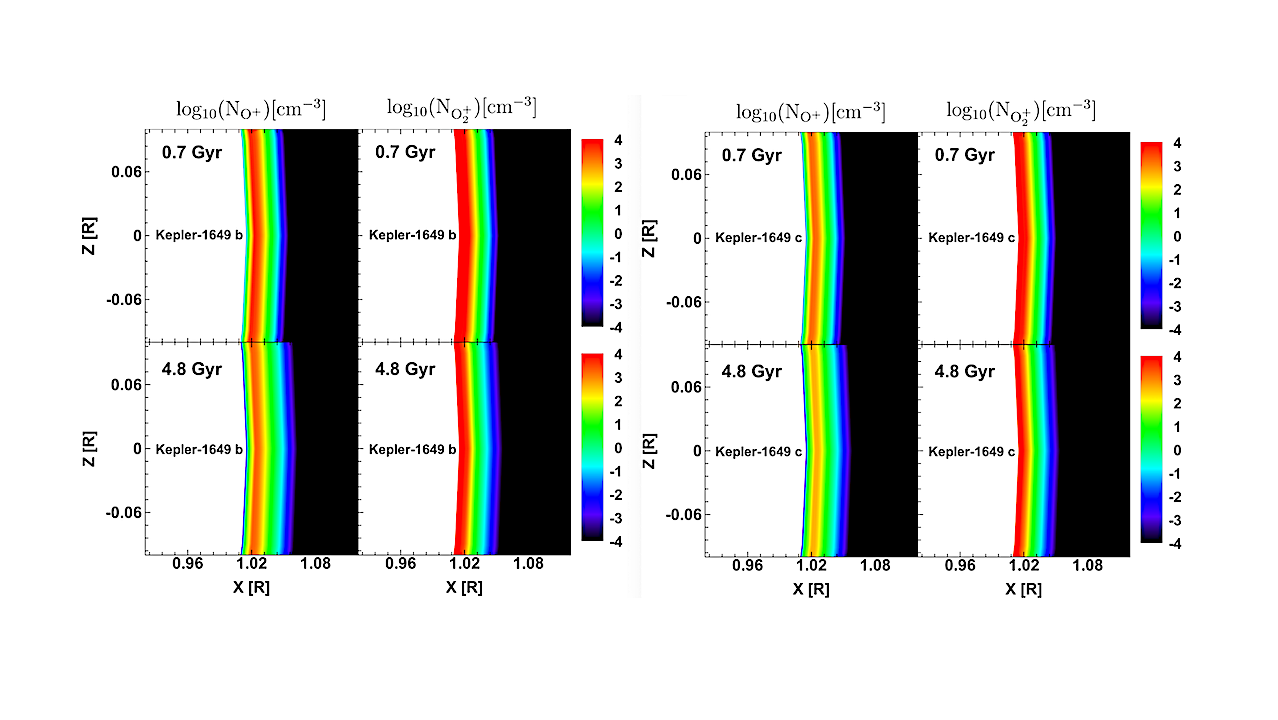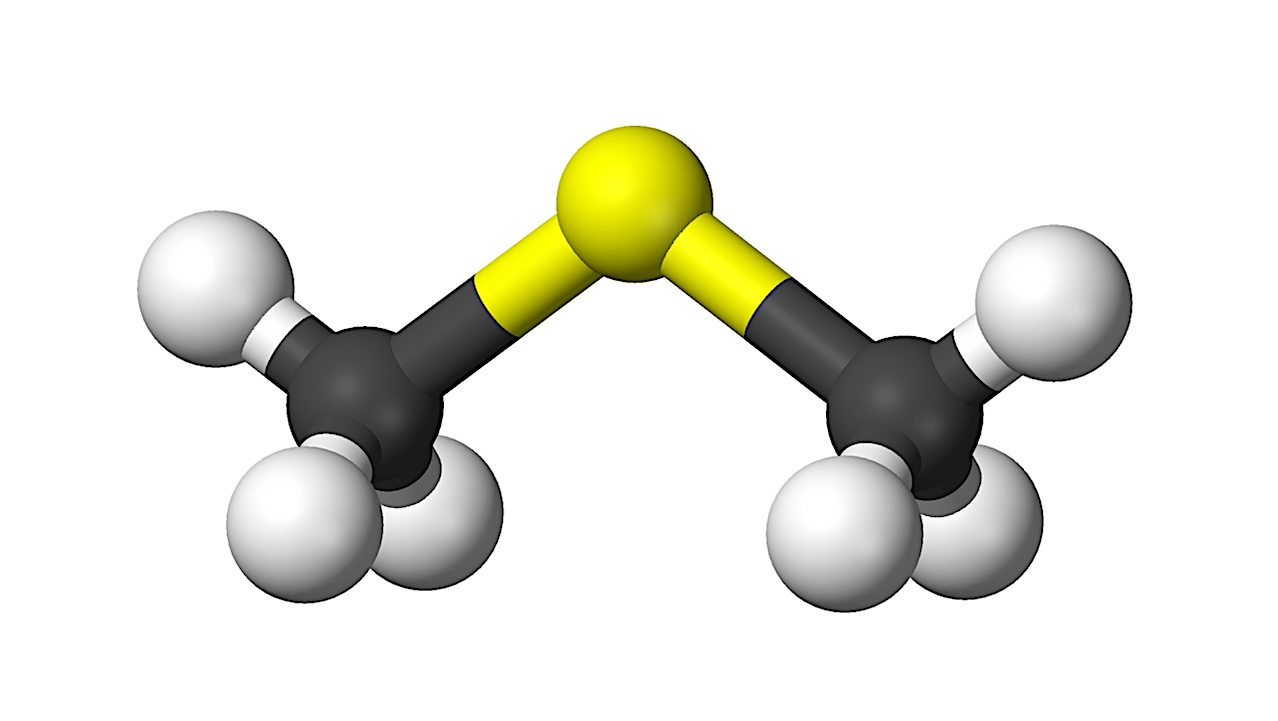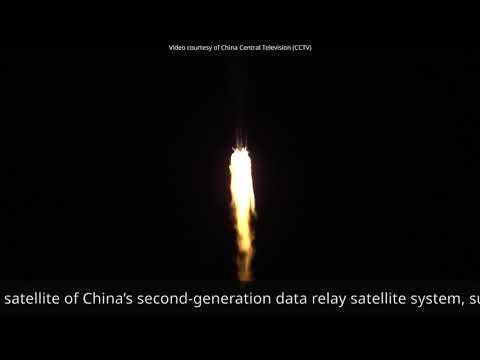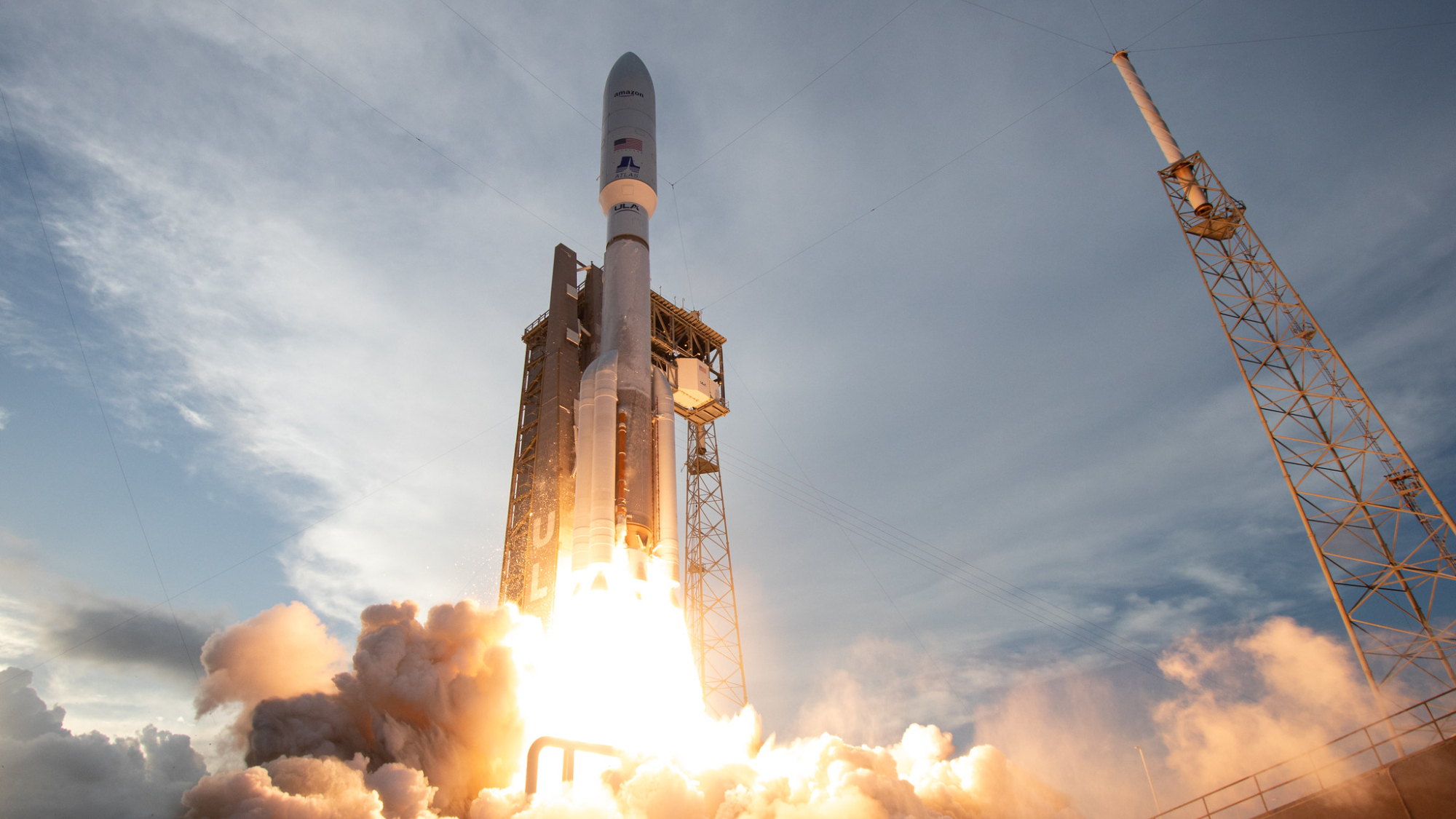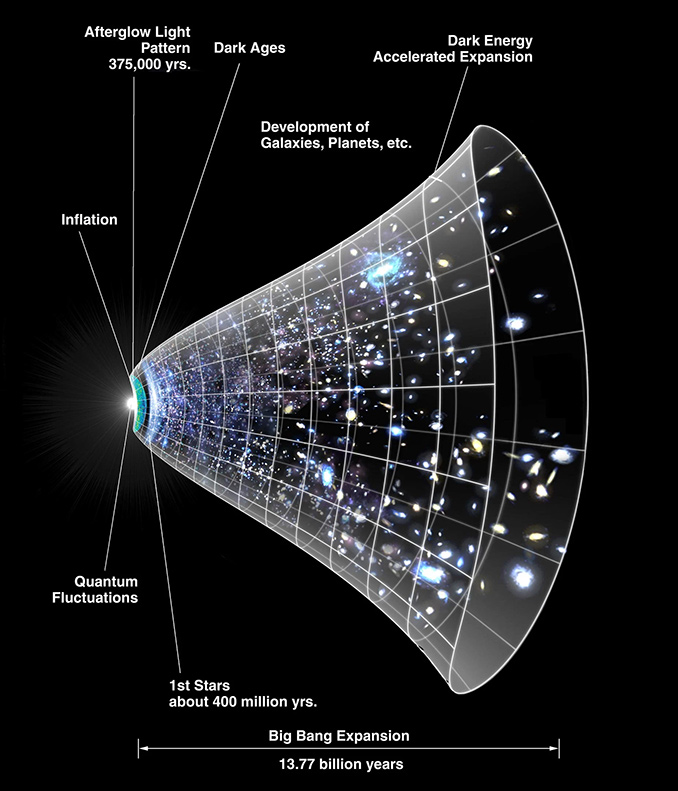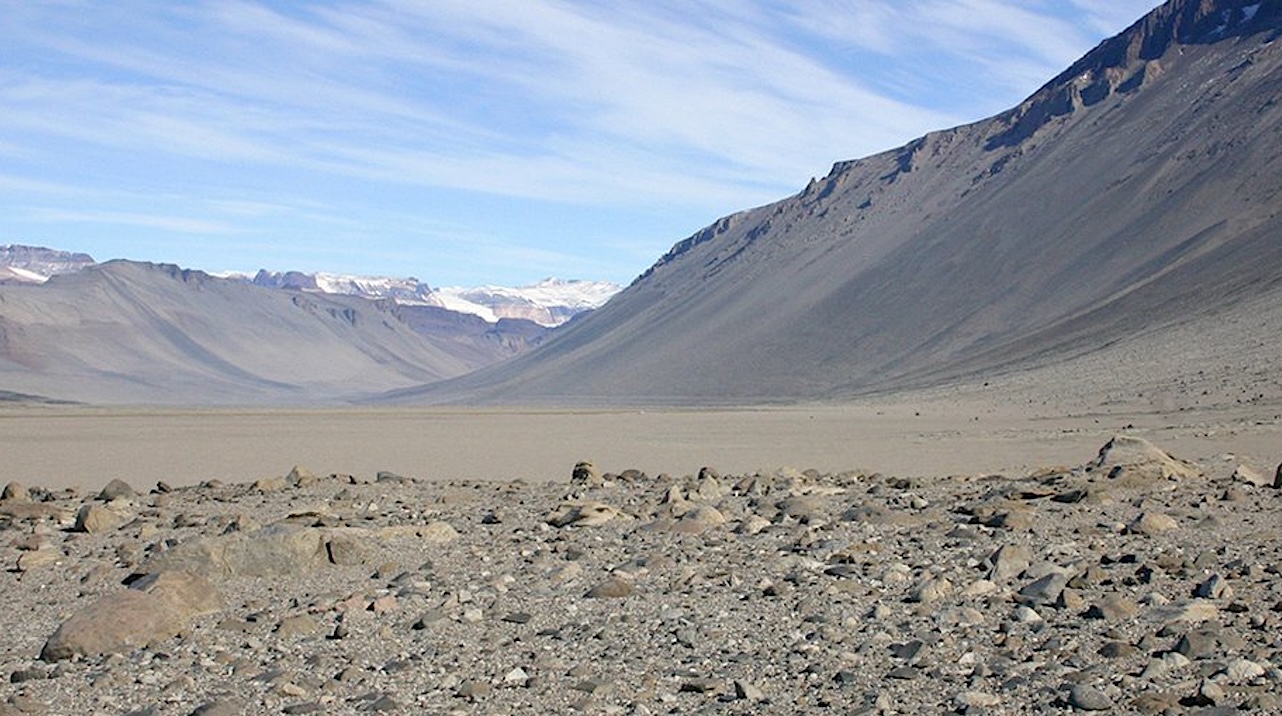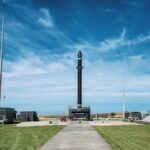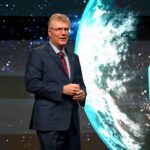The Hubble Space Telescope is still going strong thanks to an amazing design, operations and science team — and a cadre of spacewalking astronauts. Hubble launched to Earth orbit 35
Hot Posts145- Page
Impacts and their role 1-4 September 2025, Nördlingen, Germany We are pleased to share an exciting invitation to the conference, “Impacts and their role in the origin and evolution of
Astronomers using the James Webb Space Telescope (JWST) have detected the first planet seen orbiting a dead star, offering new insights into how planets evolve during the final stages of
Logarithmic ion number density (cm−3 ) distributions of O+ (left column) and O2 + (right column) in the X-Z plane for Kepler-1649 b’s dayside at 0.7 Gyr (top row)
dimethyl sulfide – WIkipedia Context: Dimethyl sulfide (DMS; CH3SCH3) is an organosulfur compound that has been suggested as a potential biosignature in exoplanetary atmospheres. In addition to its tentative detections
HELSINKI — China added a new satellite to its geostationary Tianlian data tracking and relay communications satellite series Sunday with its latest launch. A Long March 3B lifted off at
The past day has been a whirlwind for space fans. Six different rockets launched toward orbit in a dizzying stretch of 18 hours, topping by two the previous record for
The “Hubble tension” refers to a long-standing discrepancy in measurements of the universe’s expansion rate — specifically, between values calculated from nearby observations (like Cepheid variable stars and Type Ia
McMurdo Dry Valleys, Antarctica. — NASA The search for life in the solar system often focuses on water and on environments where habitable conditions exist, persistently or occasionally. In this
Configuration of 2M1510 and naming convention for the various bodies. Brown dwarfs are in red and the planet is in blue. Direction to earth relative to the binary is shown.
-
 012024 in Review: Highlights from NASA in Silicon Valley
012024 in Review: Highlights from NASA in Silicon Valley -
 02Panasonic Leica Summilux DG 15mm f/1.7 ASPH review
02Panasonic Leica Summilux DG 15mm f/1.7 ASPH review -
 03From Polymerization-Enabled Folding and Assembly to Chemical Evolution: Key Processes for Emergence of Functional Polymers in the Origin of Life
03From Polymerization-Enabled Folding and Assembly to Chemical Evolution: Key Processes for Emergence of Functional Polymers in the Origin of Life -
 04How New NASA, India Earth Satellite NISAR Will See Earth
04How New NASA, India Earth Satellite NISAR Will See Earth -
 05And Thus Begins A New Year For Life On Earth
05And Thus Begins A New Year For Life On Earth -
 06Astronomy Activation Ambassadors: A New Era
06Astronomy Activation Ambassadors: A New Era -
07SpaceX launch surge helps set new global launch record in 2024


